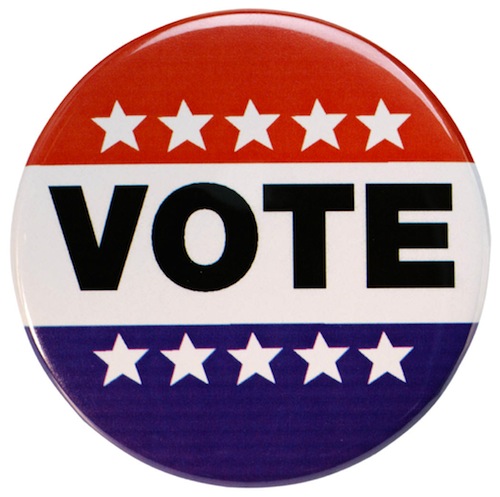Whether you like it or not. The linked story looks at how this upcoming change, to go into effect in 2020, may affect judicial elections.
Texas elects its judges, leaving the nearly anonymous people in charge of the third branch of state government in the hands of voters who have only the vaguest idea of who they are.
It’s one of the built-in problems of running a big state. Ballots are long. Attention spans are short. Judges are almost as invisible as they are important — a critical part of government located a long way from the noisy and partisan front lines of civics and politics.
The top of the ballot gets the attention. The bottom of the ballot gets leftovers.
When a party’s candidates at the top of the ticket are doing well, it bodes well for that party’s candidates at the bottom — for the time being anyway. For at least one more election, Texans will be able to cast straight-party votes — choosing everybody on their party’s ticket without going race-by-race through sometimes long ballots.
Texas lawmakers decided last year to get rid of the straight-ticket option starting in 2020. It’s a Republican Legislature and governor and straight-ticket Democrats in Dallas and Harris and other big counties have been making early retirees of Republican judges in recent elections.
[…]
When straight-ticket voting comes to an end in Texas, judges will to win by figuring out how to drag their supporters to the bottom of long ballots. For now, they have to worry about how their fellow partisans are doing at the top of the ticket — and whether the big blue counties will spoil their chances.
See here and here for thoughts I have expressed on this subject in the past. No question, turnout for downballot races – not just judicial, but for things like County Clerk and Railroad Commissioner and whatnot – will decrease when the one-button option disappears, though I expect both parties will put a lot of energy into convincing people to vote all the way down. I just want to point out that there’s already more variance than you might think in judicial race vote totals. We’ll see how much that increases in two years, assuming the Lege doesn’t undo itself next year.


There isn’t variance so much as attrition. On average, every race sees a couple thousand Democrats stop midway through the ballot and prematurely exit the ballot box (the blunts and the Funyuns await!). Republicans have two advantages. The first is that their voters are more motivated. The second is that it is easier in East Texas to manually vote for 10 Republicans than vote for 60 Democrats in Houston.
Horwitz do you have any data to support that is what is occurring?
Republicans have the same number of judges in Harris County.
Why are Republican voters more motivated? Is this in Texas or Harris County or both?
Why is that Democrats did not run anyone against Mormon and Emmett in 2014?
Noah, the last time I researched this (2006/8) Republicans had more of a drop off problem than Dems under the current setup. My hunch is that Republicans saw heavily Afr-Am precincts voting ~70% straight ticket and this move was an effort to just chip away at that. If it goes down to 60-65% effective straight ticket, then the GOP judicials might theoretically have better/even odds.
It’s the straight party voting this November that’s going to spell doom for the incumbents.
I don’t think this will be much of an issue. More money will have to be spent on voter education downballot. There’s only like 10 states that have straight ticket however we do have a long ballot in midterm elections.
Getting rid of straight ticket was just an attempt to give urban county republicans a better chance to get elected judge, sheriff, or DA.